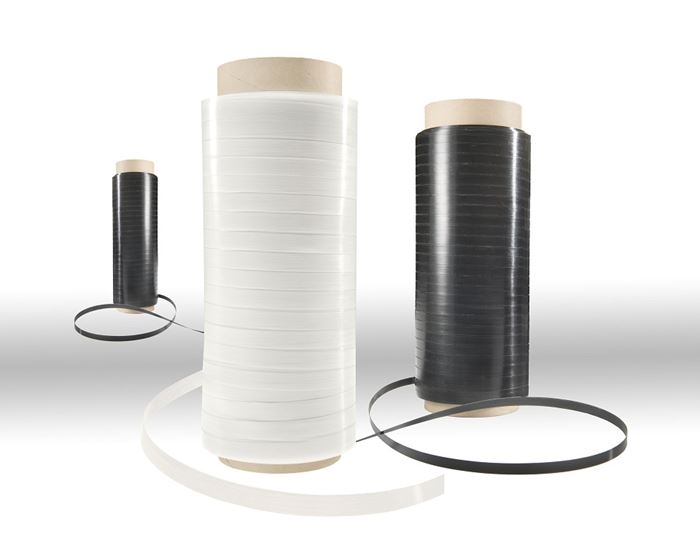Highlights of Thermoplastic Composites at JEC 2017
No shortage of new developments in thermoplastic composites at the big show.
Here is a handful of highlights in thermoplastic composites from the Paris-held JEC World 2017 this March.
● SABIC has expanded its Udmax range of continuous fiber thermoplastic tape portfolio. The new materials are Udmax GPE—glass-fiber-reinforced polyethylene and Udmax CPA—carbon-fiber-reinforced nylon, signaling SABIC’s entry into the continuous carbon-fiber-reinforced tape arena. They are heralded for their unique mechanical properties which enable the production of stiffer, stronger and more lightweight parts and can be used in a variety of applications including: pipe, pressure vessels, and sporting goods.
● Dieffenbacher (dieffenbacher.com; U.S. office in Alpharetta, Ga.) announced that its new Fiberforge tape laying system will be used by TxV Aero Composites—a joint venture of Victrex (U.S. office in Conshohocken, Penn.) and Tri-Mack Plastics Manufacturing Corp., Bristol, R.I. As previously reported, the two partners recently formed this venture in order to deliver PAEK composite solutions on a large-scale basis for the commercial aerospace industry. Applications include loaded clips and brackets, interiors and seating among other commercial aircraft applications.
The Fiberforge system is reportedly the world’s fastest tape laying system. “It requires less than one second per course integrated with downstream systems such as the handling robot and forming press, more than one million parts can be manufactured per year on just one line,” said Dieffenbacher sales director Markus Geier.
Fiberforge creates flat, net-shape engineered laminates from continuous glass or carbon fiber tapes, and can handle up to four different tape materials in one production run. The complete production process is fully automated, including an automated spool-changing system that enables uninterrupted production. Using continuous fiber tapes minimizes the high cost of waste typically associated with lay-up from fabric materials while concurrently producing lighter laminates with 10-30% higher structural performance than weave-based laminates.
● Xenia of Italy (xeniamaterials) introduced a new family of materials reinforced with hybrid fillers composed of carbon and glass fiber mixtures. The Xebrid family of thermoplastic composites includes variable percentages of the reinforcements within different polymer matrices--initial materials are based on nylon 66 and nylon 12-- allowing users to obtain a wide range of physical-mechanical properties depending on the selected type of application. Xenia sees this materials family as well suited to all applications where metal replacement is required to optimize cost performance and process technologies—industrial and agricultural equipment, construction, and oil & gas. It also sees these advantages applied to applications where lightweightness along with mechanical properties and processability are required—sporting equipment, transportation, aeronautics. While its main market is Europe, Xenia plans to sell these materials in North America.
Related Content
-
Prices Up for All Volume Resins
First quarter was ending up with upward pricing, primarily due to higher feedstock costs and not supply/demand fundamentals.
-
Prices for PE, PS, PVC, PET Trending Flat; PP to Drop
Despite price increase nominations going into second quarter, it appeared there was potential for generally flat pricing with the exception of a major downward correction for PP.
-
Commodity Resin Prices Flat to Lower
Major price correction looms for PP, and lower prices are projected for PE, PS, PVC and PET.

















